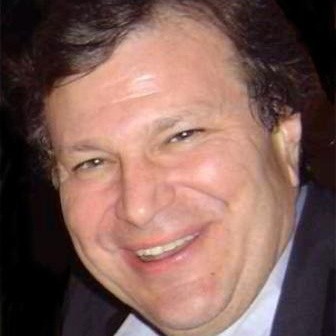Rentseeking for Spectrum Sharing: The 5.9 Ghz Band Allocation
Abstract
The battle over rules governing 5.9 GHz airwaves offers important lessons in both the creation of property rights and applied public choice. Set aside in 1999, the 75 MHz “Car Band” band was designated by the U.S. Federal Communications Commission (FCC) to support emerging vehicle telematics and computerized driving. Transportation regulators and automakers, including General Motors, Ford, and BMW, claimed this would efficiently promote road safety, fuel savings, and collision avoidance, as dedicated bandwidth would operate under a “spectrum commons” regime designed to favor such applications. While anticipated services gradually developed, the 5.9 GHz band did not. Spectrum inputs outside the “Car Band” accommodated driving applications, while the general development of wireless networks shifted social priorities. Eventually, Internet services companies such as Comcast, Google and Microsoft claimed the 75 MHz allocation was wastefully large and that switching access rules to favor WiFi would generate net benefits. Suggested for possible reallocation by the U.S. Department of Commerce since 2012, the FCC issued an order in 2020 to split the baby: 45 MHz of the band would be shifted to Wi-Fi, with 30 MHz remaining dedicated for Intelligent Transportation Systems. The FCC’s 2020 “Cost Benefit Analysis” purports to quantify the trade-offs involved, but upon scrutiny fails to plausibly value Wi-Fi services or to even consider the relevant opportunity costs. The costly, delay-intensive and ad hoc policy process (whose costs are additionally ignored by the FCC) begs for further development of auction mechanisms to rationalize alternative rights assignments.





